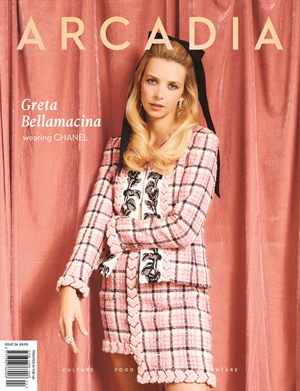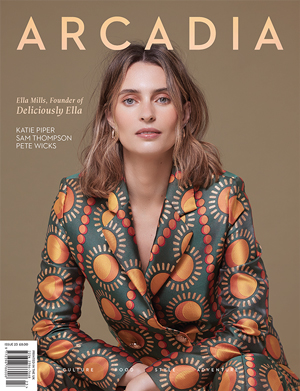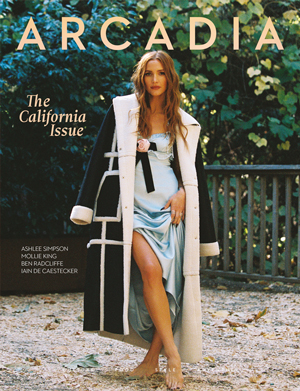
At 6am, a fine mist hangs over Ha Long Bay, a vast maze of jungle-garbed karsts just off the coast of northern Vietnam. The dark green waters lie glassy, broken only by a conical-hatted rower in a wooden boat pushing the oars with his feet. The deep silence is occasionally interrupted by the cry of hunting eagles and the sudden guttural grunts of the endangered Cat Ba Langur monkey.
Ha Long Bay is often tagged on as a day trip from Hanoi, the capital of Vietnam. But it is worth spending a night or two in the surreal labyrinth of nearly 2,000 limestone islands and islets that jut out of the waters. This also means being able to get away from the area closest to the mainland where the majesty of the landscape is marred by towerblock hotels and amusement park attractions.
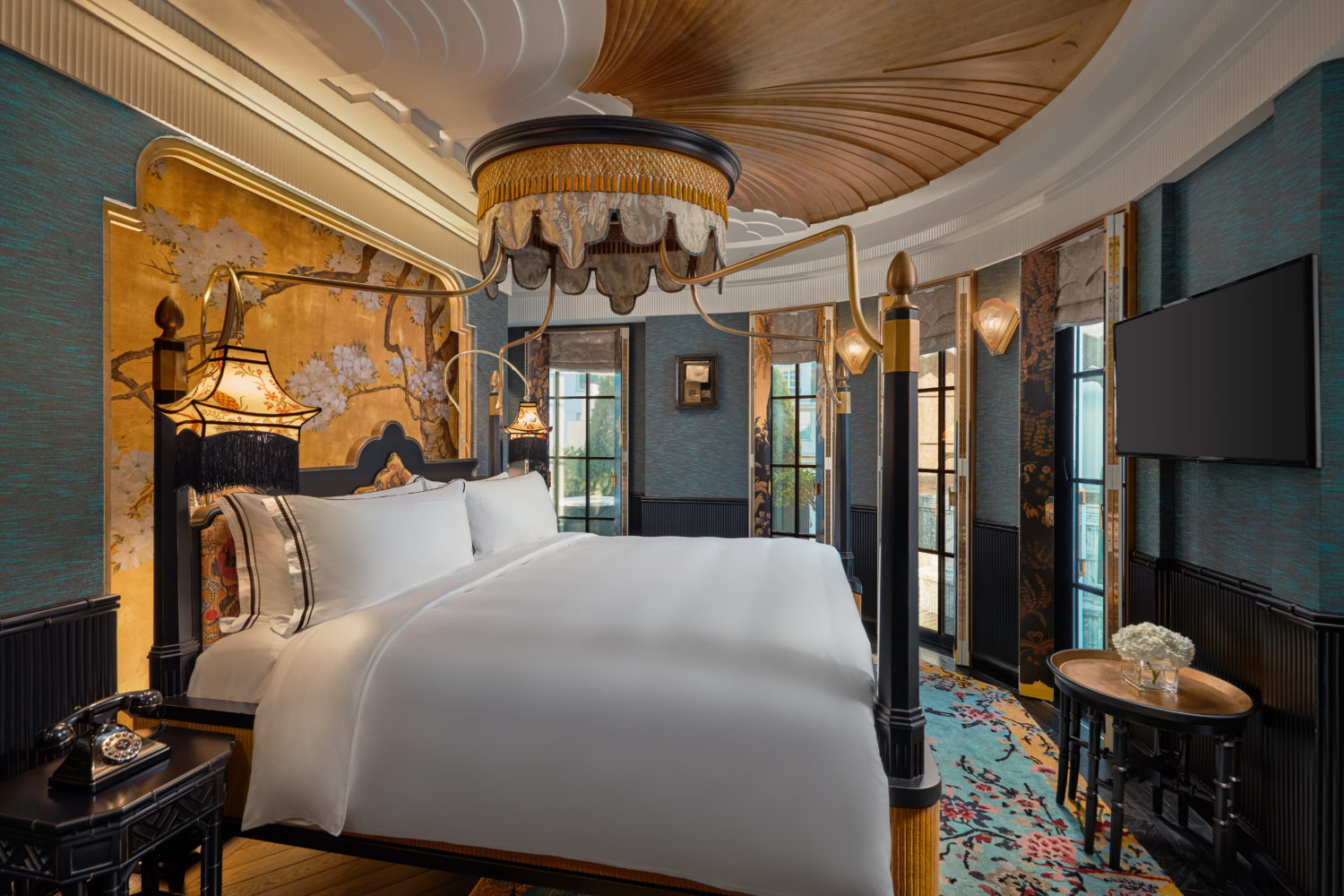
Luxury cruises and floating farmstays: How to explore Ha Long Bay
Aboard a luxury cruise, you can meander through the quieter bays and coves of Lan Ha Bay south of Cat Ba island. From the deck, you observe the wild, vegetation-thick peaks and the deep channels around their bases eroded by centuries of tidal movement.
Opt for a junk boat—a traditional ship with distinctive red sails—such as Heritage’s Line Ginger or Violet premium cruises. Ginger’s 12 two-level cabins with private balconies shimmer with elegant Indochina-style decor. Choose the Regent suites for a jacuzzi overlooking the water. Violet is more intimate, with just six cabins. Both offer spa treatments, Tai Chi lessons and cooking classes, and Ginger has a sun deck pool and cabanas.
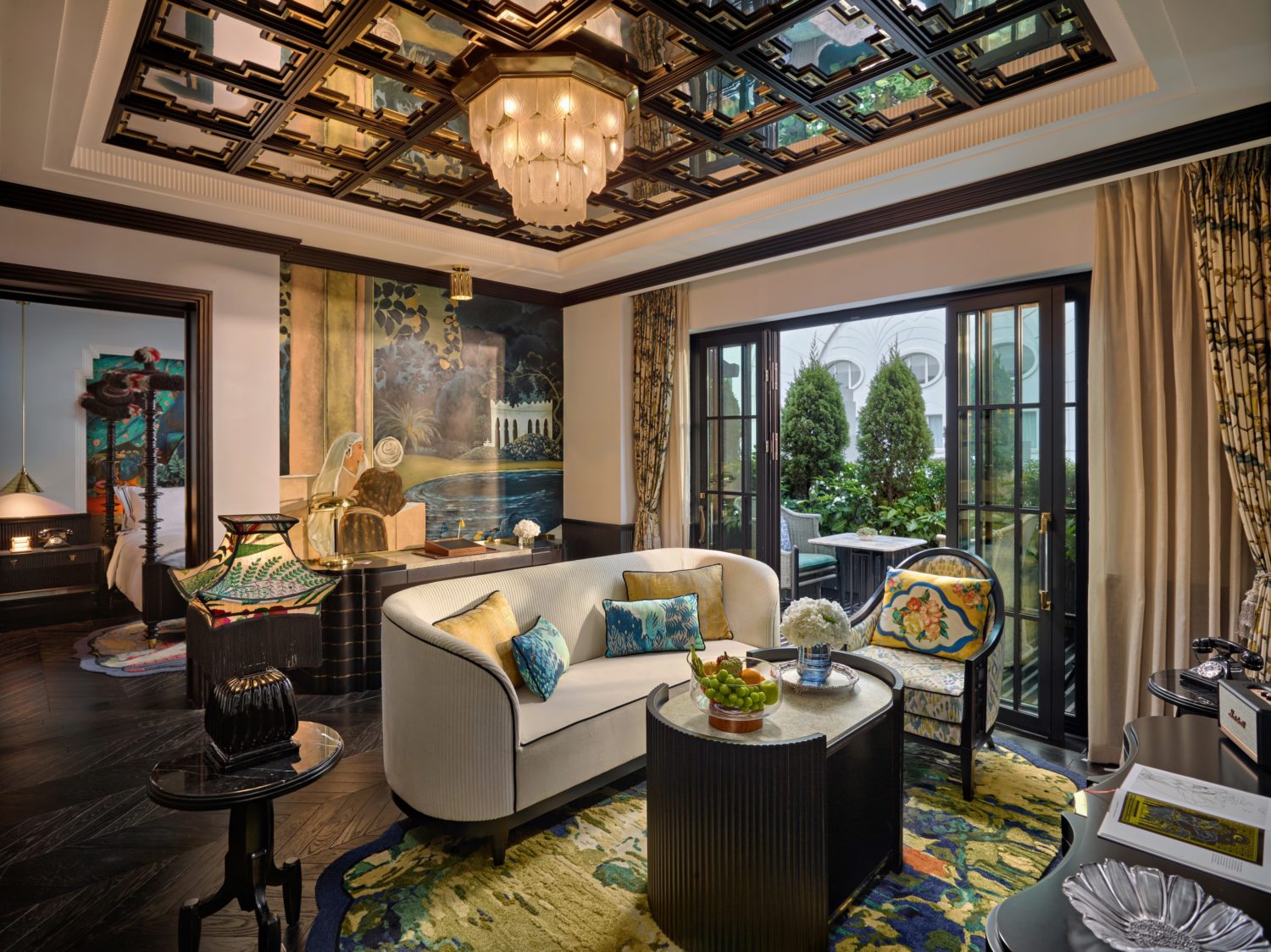
Another special way to explore the bay is to stay on a floating homestay. Cai Beo is run by Hoa Nguyen, who transformed her family home during the pandemic. Facilities are basic but the undisturbed panoramas from the flower-adorned deck are priceless.
In the evening, a handful of guests gather at wooden tables beneath pretty strings of lights drinking gin tonics and Ha Long beer. The dinner feasts rustled up by cook and permanent resident Toan in the tiny kitchen at the back are remarkable: braised pak choy, crunchy fried chicken, delicate spring rolls, sizzling beef salad and giant bowls of fluffy rice.
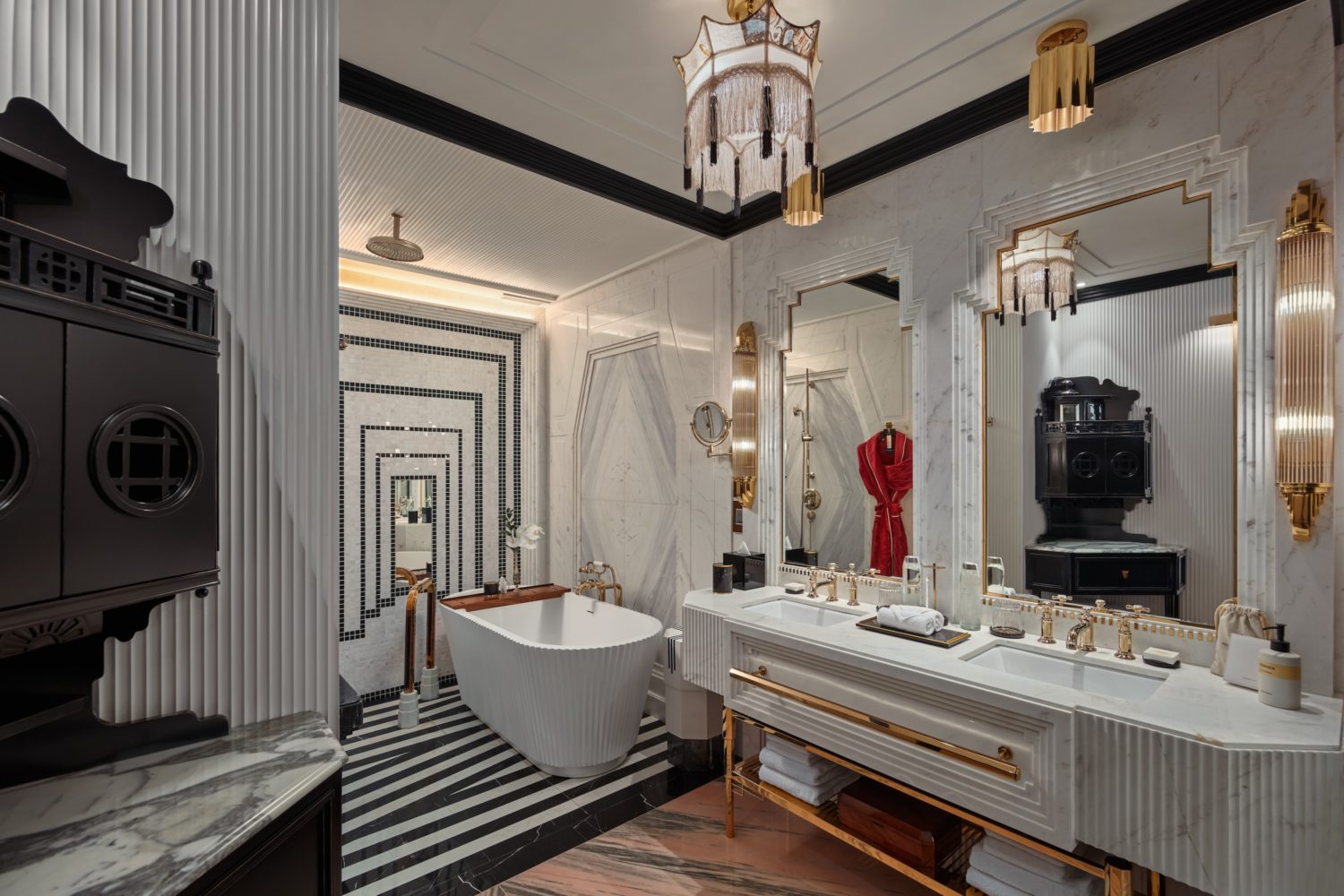
During the day, guests can use kayaks to explore the karsts clinging with creepers that ring the bay, while at night they can paddle out with Toan for glimpses of bioluminescence in the deep. Hoa can also organise private boat tours to beaches and Monkey Island.
Even the puttering taxi boat that takes guests to and from the pier on Cat Ba island is a memorable part of the experience. The short journey takes passengers through the heart of Cai Beo floating village, one of the few remaining in Ha Long Bay. It is a straggle of individual houses on rafts buoyed by plastic barrels. In front are fish farms made from wooden beams lashed together.
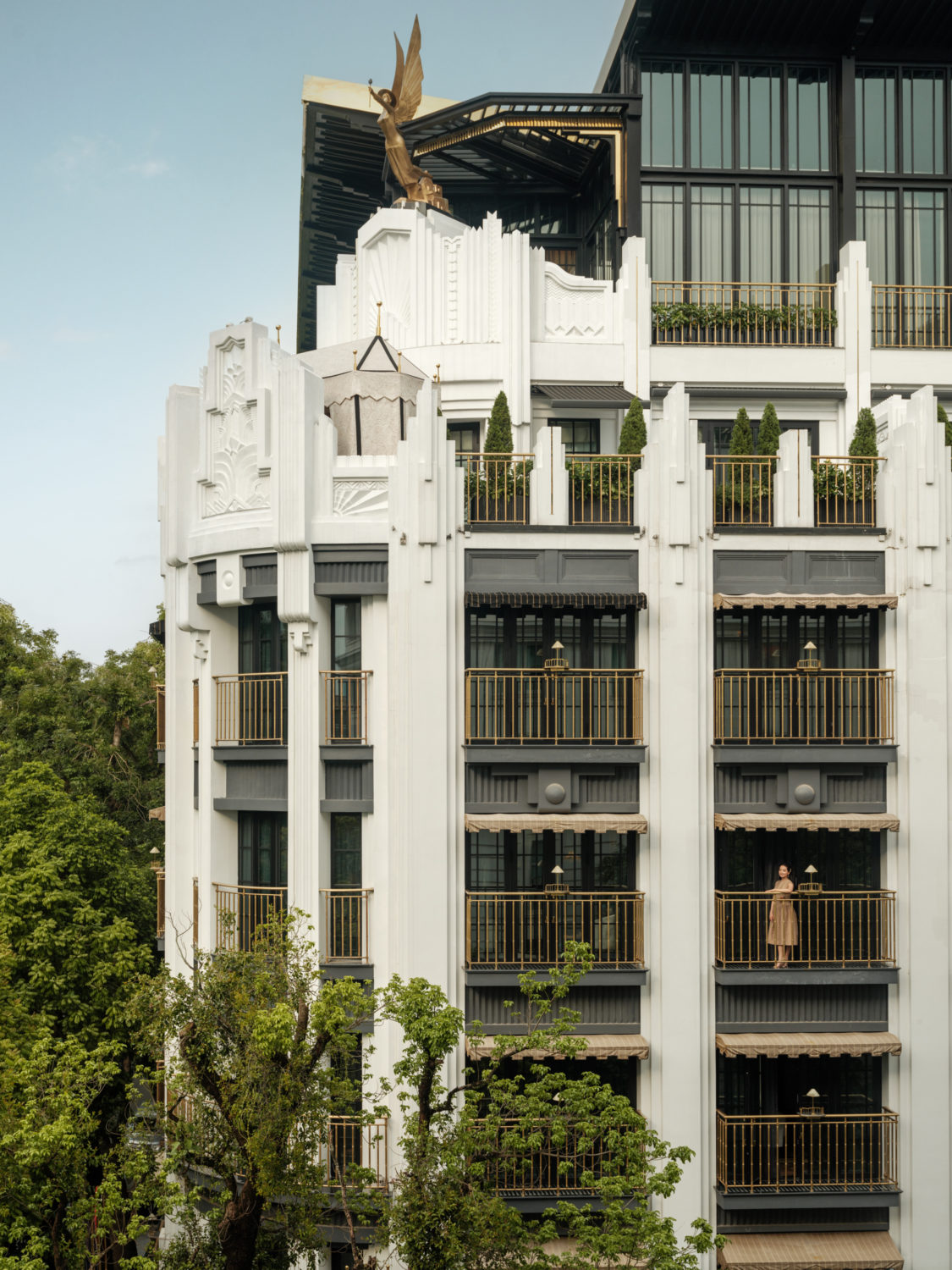
It is an arduous way of life with a gloomy destiny. Storm damage is often too expensive to repair forcing homeowners to abandon life on the water for Cat Ba island—a migration also advocated by the government citing the education and health of children. But despite the challenges, the enigmatic beauty of the bay is hard to abandon; homestay owner Hoa now lives on the island but finds herself drawing out the time she spends on her floating oasis.
Temples and a theatrical hotel: Experience the extravagance of Hanoi
Returning to Hanoi, travellers plunge back into the hectic hurly-burly of honking scooters, vociferous hawkers and heaving markets. The city’s prime attractions are its temples, which are simultaneously peaceful and full of activity. High walls around religious complexes dull the blare of traffic, but inside is abuzz with pilgrims and visitors performing rites amongst the dazzlingly maximalist decor.
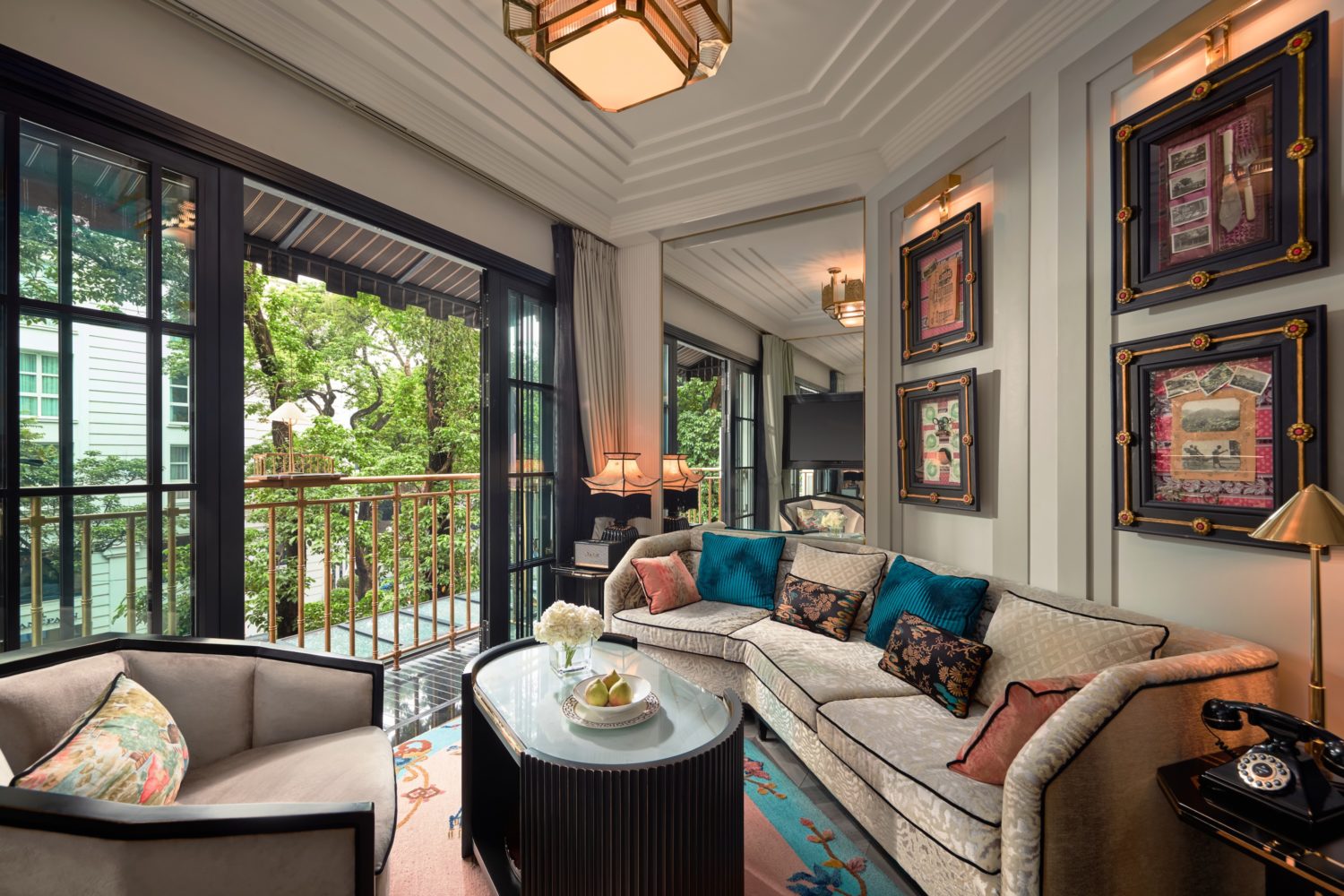
Bach Ma temple in the heart of the Old Quarter was first constructed in the 11th century. The inner courtyard has a majestic fruit tree overloaded with giant dark yellow grapefruit.
The temple is dedicated to the White Horse, who appeared to Emperor Ly Thai To in a dream and showed the ruler where the boundary walls of the citadel should be built. There is a statue of the creature in the winsome style of a rocking horse flanked by shimmering flower displays and glinting gold standards. On the table before him are offerings of beer cans, durian fruit, whisky, tins of chocolates, milk, shots and Earl Grey tea.
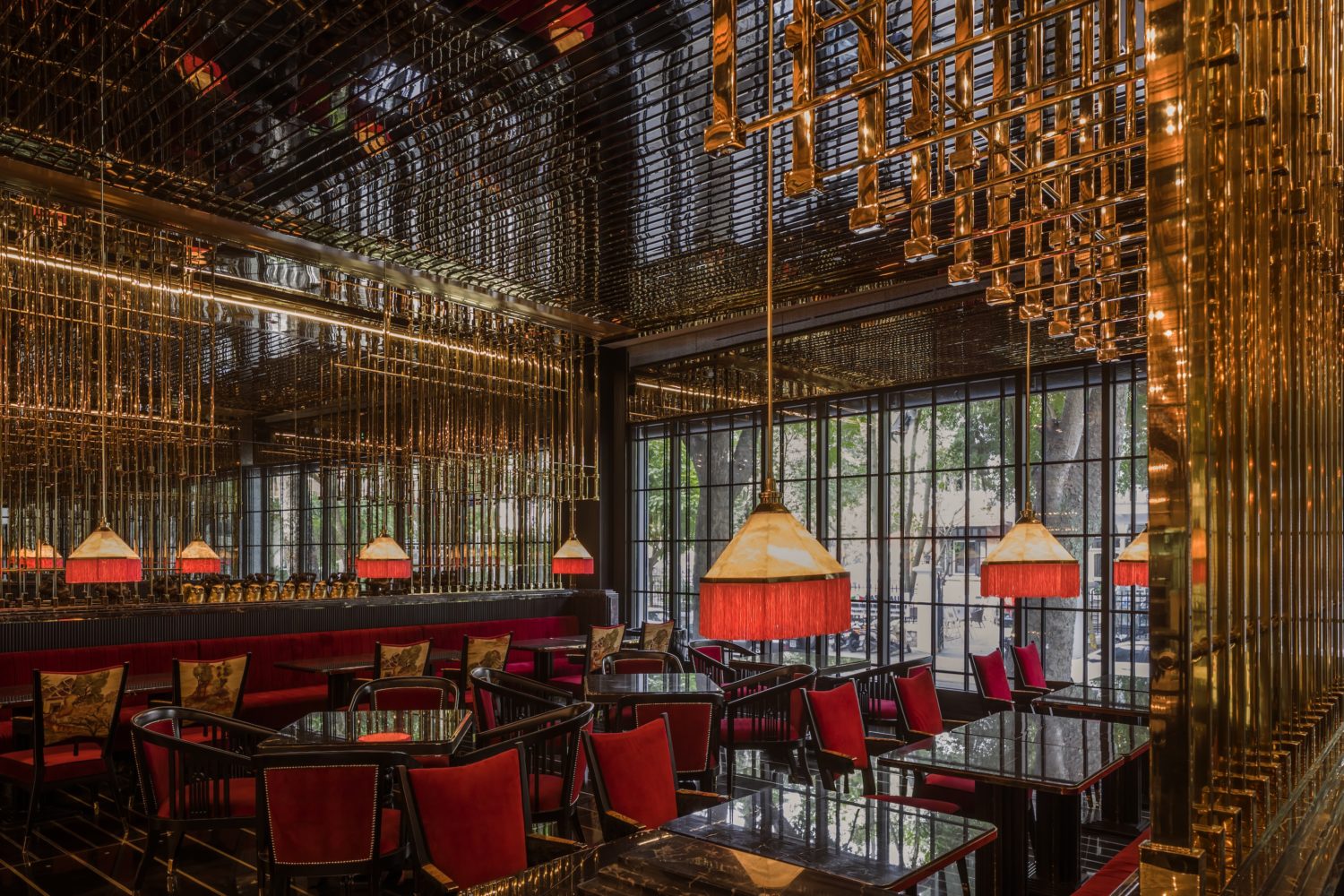
Tran Quoc pagoda lies on a small island in the middle of West Lake. It is a delight of sunny yellow buildings beneath tall palm trees. Wander around the courtyards with ornate brick pagodas and peek into the temples where silk-clad statues sit surrounded by burnished gold and red lacquered woodwork.
If your eyes have not feasted on enough extravagance, make sure you book into the city’s most spectacular five-star hotel, Capella Hanoi. Designed by starchitect Bill Bensley, it is a confection of Parisian Art Deco meets regal Vietnamese from the giant white telamons by the lifts to the silk embroidered armchairs.

The seven floors and 47 rooms are dedicated to actors, opera singers, composers, costume designers, and spectators. They are honoured in the dozens of antiques and memorabilia Bensley hunted for over three years—vintage gowns, wooden shoe moulds, trunks, and opera glasses—plus his own extraordinary details from drum-shaped lights to the red velvet drapes framing the Diva’s Lounge bar.
The premier room, named for Puccini’s Madame Butterfly, is one of the four opera suites. Guests can spread out in 194 square metres of lounge, kitchenette, bedroom, bathroom and wrap-around terrace. The decor is sensational, from the tasselled lamps and velvet chaise lounge to the gold bath and canopied bed. On the terrace, guests can wallow in a giant marble jacuzzi beneath a courtly tent.
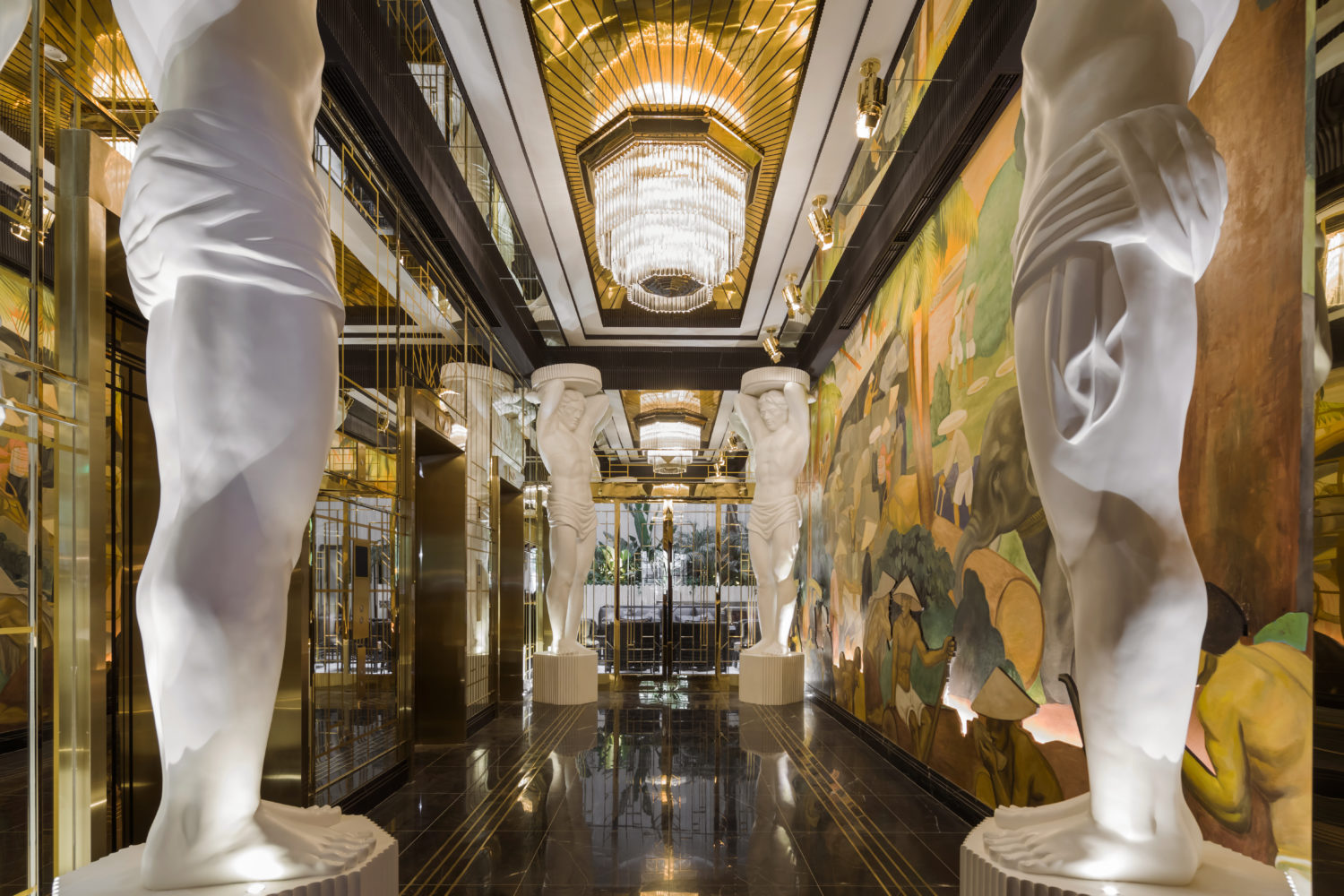
Tearing yourself away from this lavish in-room living is a struggle, but the hotel’s food and drink offerings are not to be missed. Pre-dinner champagne and cocktails are imbibed while lounging on velvet armchairs in the Living Room listening to live music. Then it’s on to a dinner of exceptional Vietnamese cuisine in the Backstage restaurant, which conjures up a theatre’s dressing room with floor-to-ceiling mirrors, low lamps and bejewelled costumes hung on the walls.
Alternatively, save a night for Hibana by Koki, Hanoi’s only Michelin-starred Japanese restaurant. Everything from the chefs to the wagyu beef is imported from Japan. Under the direction of head chef Yamaguchi Hiroshi, diners are spectators to a dazzling culinary performance.

Ingredients like a giant hairy crab or an entire leg of beef are presented and then transformed into exquisite dishes like crab topped with sea urchin on a baby onion cream and flame-seared katsuo fish with a tofu yoghurt paste. All that’s left is to drink a Japanese apricot liqueur in the lounge and indulge in the chef’s selected desserts that are as opulent as the hotel itself.
11 P. Lê Phụng Hiểu, French Quarter, Hoàn Kiếm, Hà Nội 100000, Vietnam





